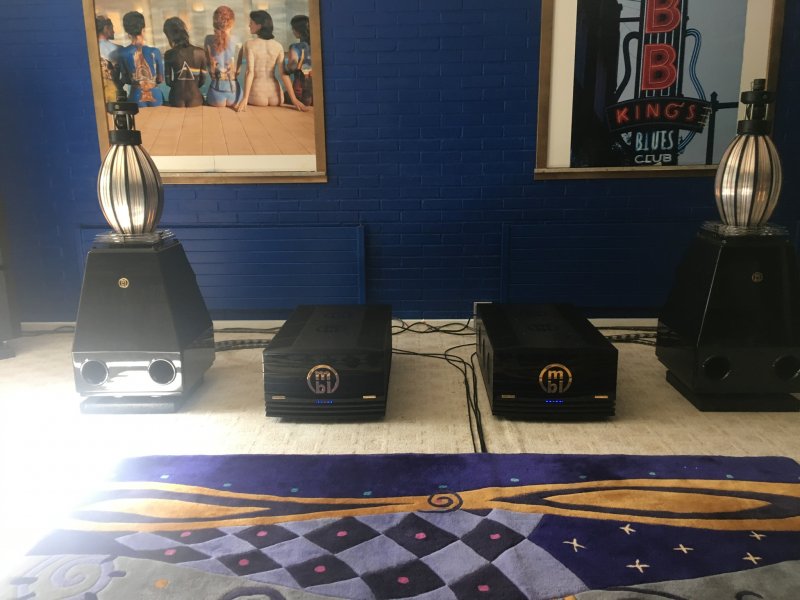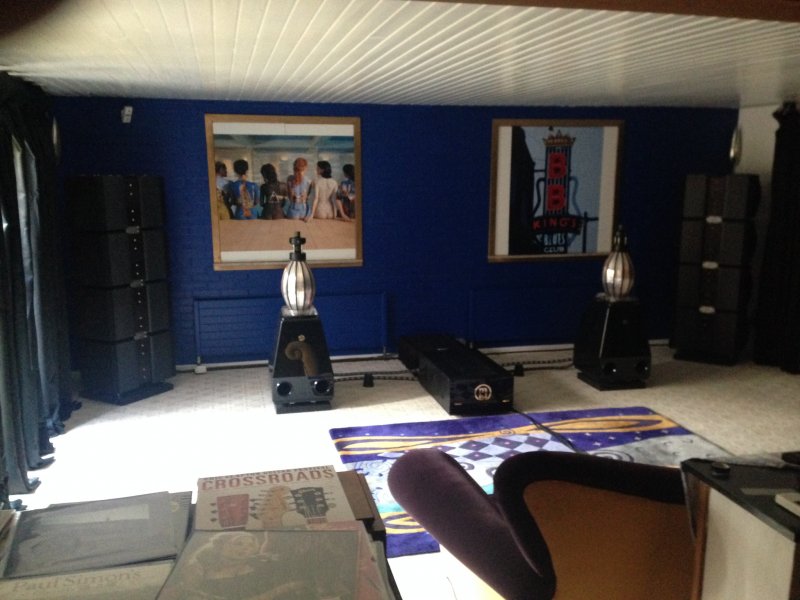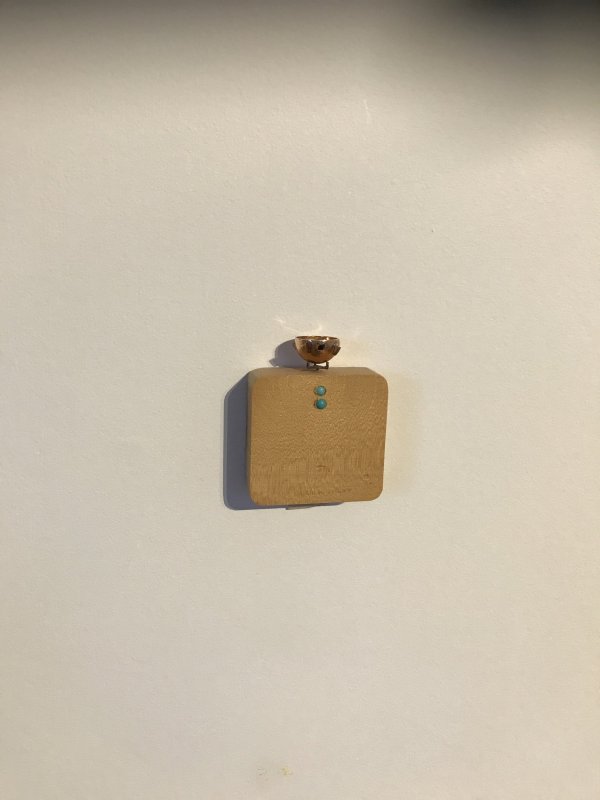Sorry,You don't have to do that. You can get damn close by ear and then if you want to fine tune using a measurement system go for it.
All you need is a slow sine sweep and an SPL meter do give you a snapshot at the listening position. It also depends on what extent you are willing to use for "room correction" or just plain EQ which seems to be a dirty word for some.
I have tried DIRAC in my HT and it turned my spacious and enveloping HT into a flat non dimensional shadow of it's former self. This was a few years back and sure it has improved but it left a bad taste in my mouth.
Rob
But your ear cannot discern the phase matching, decay time, etc. as well as verify if ANY improvements have been achieved without some form of documentation from start to finish. Your basic SPL and sine sweep (at what frequency?) appear extremely crude. Maybe your experience with Dirac was due to operator error or not. Care to show the sweeps from it??









